Written by Maria Buchanan and Des Brotak, May 18, 2023
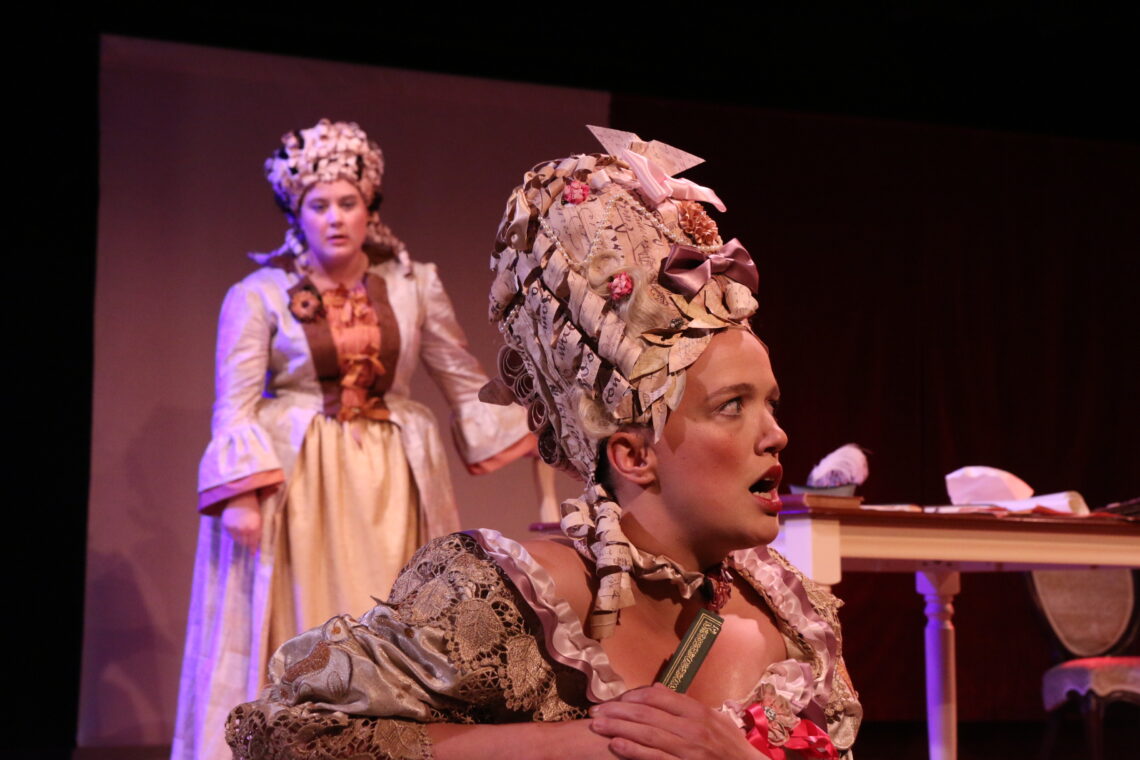
“It’s a true story. Or total fiction. Or a play about a play. Or a raucous resurrection…”
These words– from the publisher’s description of the irreverent comedy by Lauren Gunderson– feel anything but helpful when trying to determine if this feminist fantasy is, in fact, based in reality. The actual answer is complicated and theatrical and should become more clear once one sees the play in question. For the time being, though, let’s explore three very real women and one “composite” character representing very real women –who have been all but erased from the history books– upon which Gunderson has based the characters in The Revolutionists.
Let’s begin with the most famous. Or, in the words of this play’s Austrian-born queen, “infamous”.
Marie Antoinette
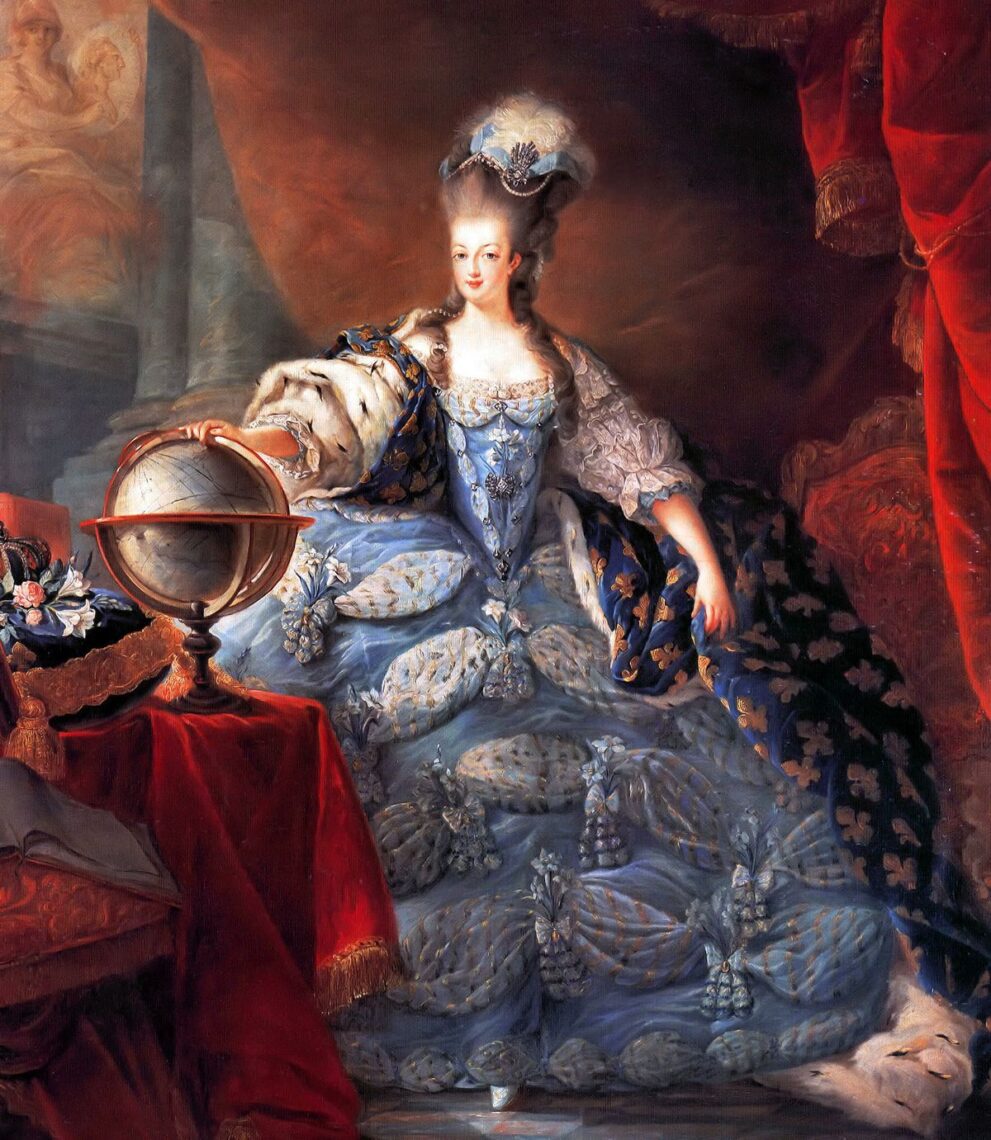
Marie Antoinette, youngest daughter of the Austrian Empress, married the future Louis XVI at 14, as arranged by their parents to secure the Franco-Austrian alliance. Marie’s unsuccessful attempts to defend Austrian and personal interests in the French court, eight years without producing an heir, and her extravagant taste led to rumors of political intrigue, illicit affairs, and wasteful spending, which flourished in conjunction with growing distaste for the monarchy and contempt for Louis XVI’s weak leadership. As France was struck by famine, satires portrayed the gluttonous royals encouraging peasants without bread to eat brioche instead, resulting in the erroneous quote “let them eat cake.”
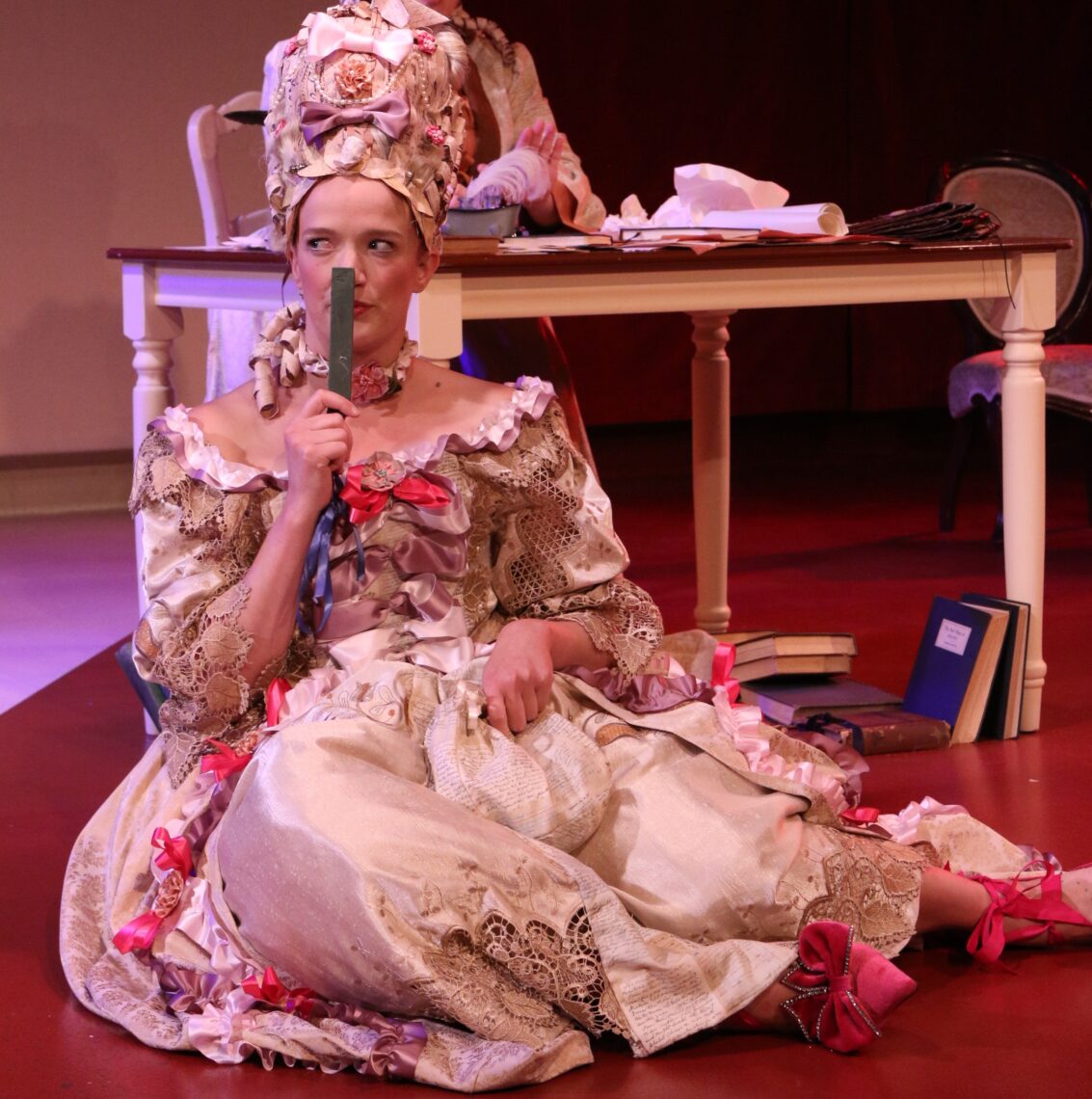
Marie fought against efforts to reform France’s government through 1790, and her fate was finally sealed when the royal family failed an attempt to flee the country in 1791 and revolutionaries discovered her correspondence with foreign powers encouraging an invasion of France. She was found guilty of high treason and executed on October 16, 1793.
Charlotte Corday
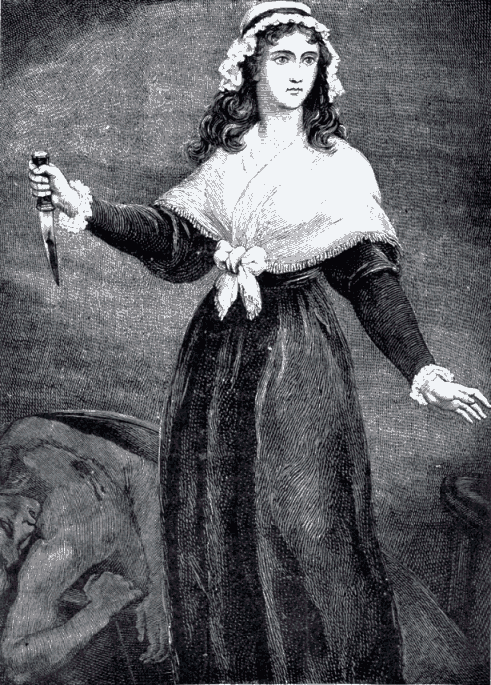
Charlotte Corday was an aristocrat raised in a covent after the death of her mother. As a young woman, she grew taken with the Girondins, a loose conservative political faction that favored constitutional monarchy. The tides turned against the Girodndins, however, as King Louis XVI openly denounced the institution as denying his divine right to absolute leadership, and the royal family attempted to flee France to organize a foreign invasion to reinstate their power. Those who still defended the King received immense backlash from progressive politicians, among them Jean-Paul Marat, who said in no uncertain terms that their deaths were necessary to protect France’s citizens and their freedom. The public, already in a state of panic over the threat of invasion and thus galvanized, erupted into violence, killing over a thousand political prisoners and mercenaries over the course of the September Massacres of 1792.
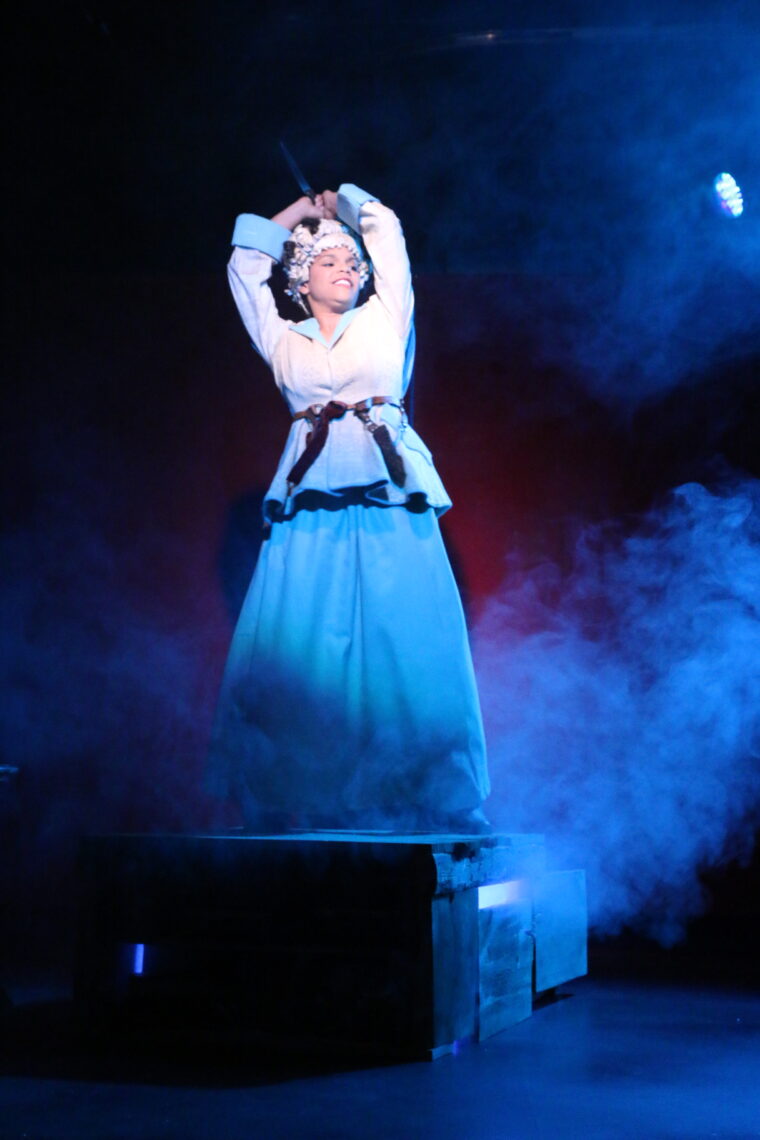
Corday held Marat responsible, and under the guise of reporting a rising insurrection, she entered Marat’s home and stabbed him while he was taking a medicinal bath. Declaring she had killed him to save a hundred thousand others, she did not resist arrest and faced the scaffold with head held high, her execution taking place four days after the murder on July 17, 1793.
Olympe de Gouges
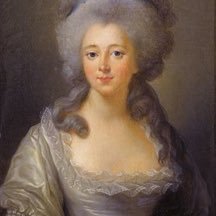
Olympe de Gouges was born a bourgeoise, allegedly the illegitimate daughter of a marquis. Mother of one, she was widowed a year after her unwilling marriage to a caterer and her relationship with a wealthy businessman brought her into the fold of Paris’ elite social society. She became a playwright and political author, gaining notoriety with works advancing feminism and abolition.
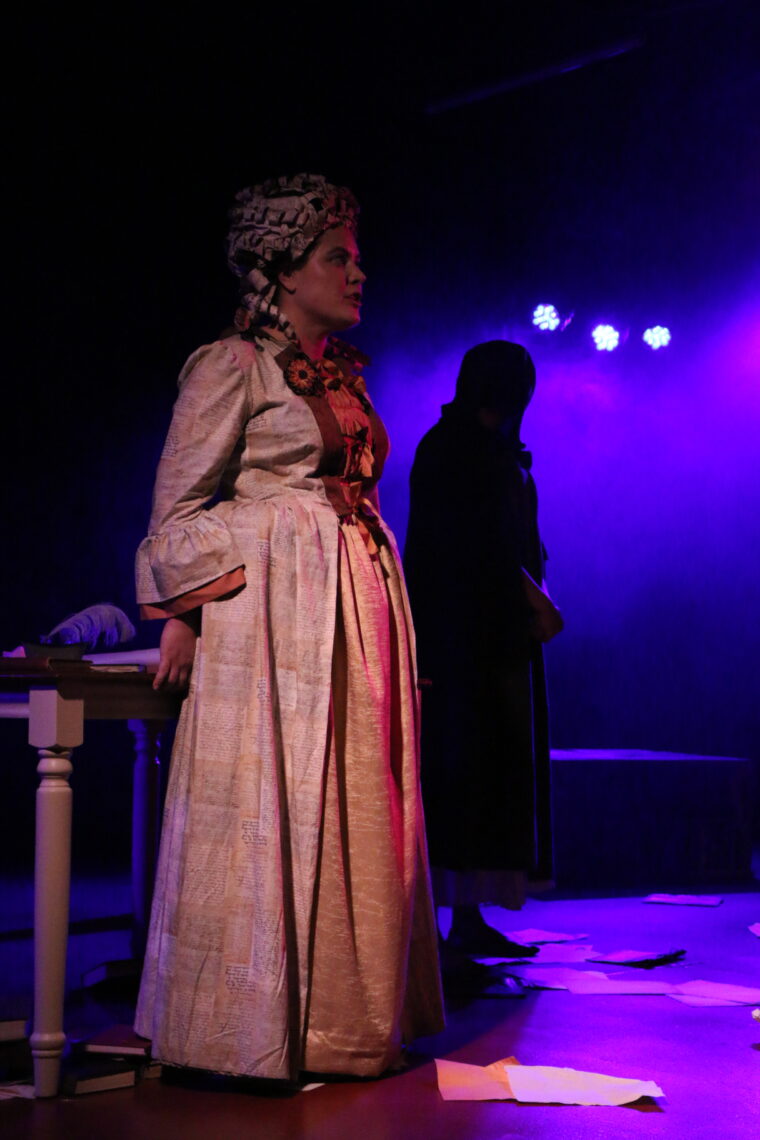
However, while conservatives saw her as a radical, she later alienated progressives with her defense of King Louis XVI. In 1793, after Louis had been tried and executed for high treason, she published a poster demanding a public referendum decide France’s future, either as a centralized republic, a federal democracy, or a constitutional monarchy. National law decreed encouraging the reestablishment of the monarchy would be met with death, and so she was guillotined on November 3 that year.
Marianne Angelle
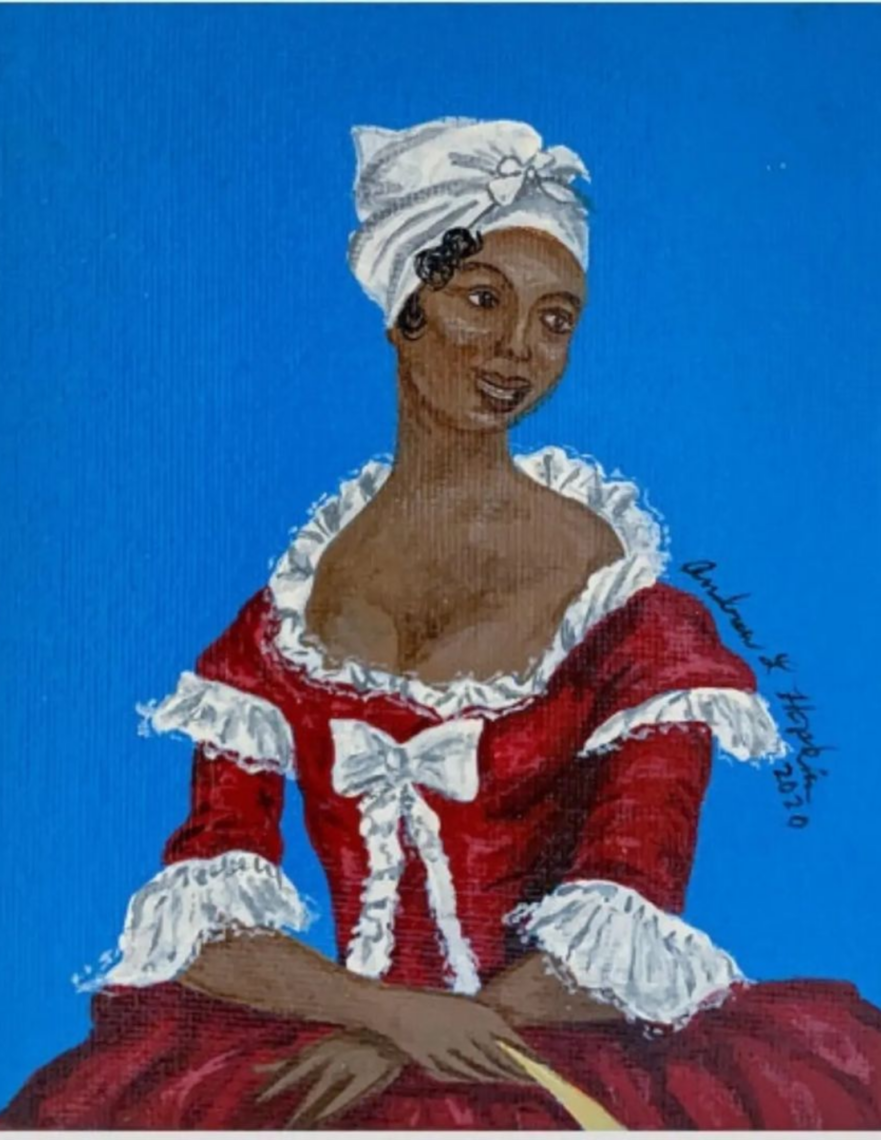
Marianne Angelle represents the Black women who protested the institution of slavery in modern day Haiti, then the French colony Saint-Domingue. Among the many mischaracterizations of the Haitian Revolution that White male historians have perpetuated for centuries, the role of women in its success has been almost entirely ignored by scholars, with little known about even its most prominent female figures such as Suzanne Simone Baptiste L‘Ouverture, wife of revolutionary leader Toussaint L‘Ouverture.
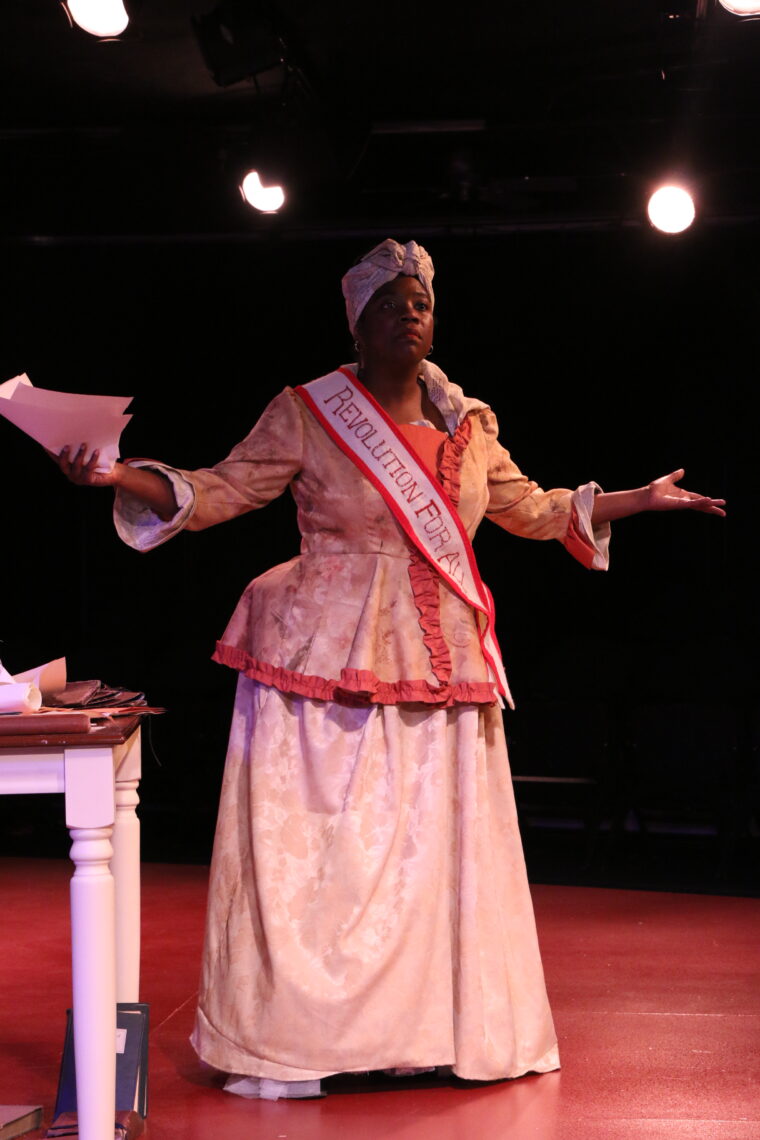
Marianne is the embodiment of true freedom and equality, in contrast to the hypocrisy of those who advocated for equal opportunities only for bourgeoisie White men. Yet she is not just an ideal—she is a mother and wife, and her love of her family pushes her to change the world for the better.

















